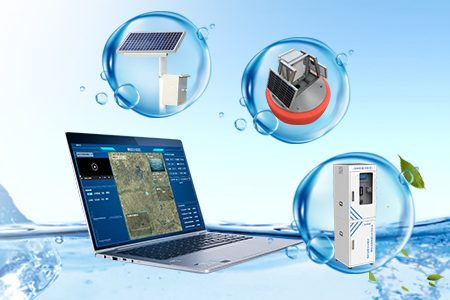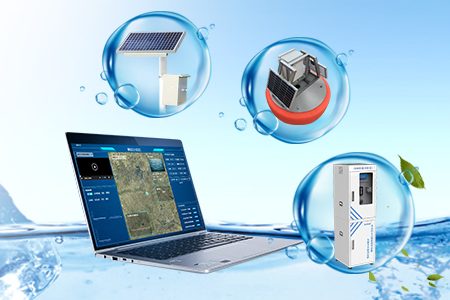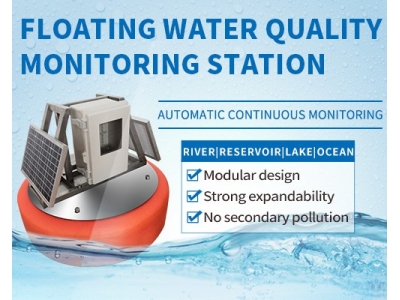
IoT-Based Smart Smart Water Quality Monitoring System
This paper introduces what is the intelligent water quality monitoring system based on the Internet of Things and its five hardware components.

This paper introduces what is the intelligent water quality monitoring system based on the Internet of Things and its five hardware components.
Water pollution is one of the greatest threats to people's existence. No wonder there is a huge demand for using technology to monitor water quality. This paper introduces what is the intelligent water quality monitoring system based on the Internet of Things and its five hardware components.

Safe water is rapidly becoming a scarce resource thanks to the combined impact of increased population, pollution, and global warming. Speaking of water pollution, it is one of the biggest obstacles to green globalization.
To ensure the continuous drinking water supply, its quality needs to be monitored in real-time. Traditionally used laboratory-based testing techniques are time-consuming and costly because they must be undertaken manually.

Even though water monitoring systems have seen some advancement, they utilize the wireless sensor network or wireless network technology that comes with their share of problems, including weakness in data security, communication coverage, and energy consumption management.
That is why the Internet of Things (IoT) has been a boon in this regard, as it enables the current developments of more efficient, secure, and cost-effective Water Quality Monitoring system with real-time capabilities.

Water Quality Monitoring system is the process of measuring the water quality parameters, such as temperature, pH, turbidity, dissolved oxygen levels, variety of ions present, and so on. The main objective of monitoring water quality is to ensure these parameters are within a suitable range.
The traditional method of water monitoring was done physically, using only chemicals. A water quality monitoring application involves using different IoT-based smart sensors that keep track of the parameters in real-time.
The hardware utilized in an IoT ecosystem includes servers, a routing device, IoT sensors, and others that manage essential functions such as system activation, security communication, action specifications, and detection to support specific goals and actions.
1. Ultrasonic sensor
As the name suggests, the sensor generates a high-frequency sound wave of 40 kHz to send and receive ultrasonic pulses that relay back information about an object's proximity. This hardware provides a 2 cm to 4 cm measurement range and comes with an ultrasonic transmitter (trigger pin), receiver (echo pin), and a control circuit.
2. pH sensor
The sensor measures the amount of alkalinity and acidity in water and other metrics. When used correctly, the smart solutions can measure the safety and quality of the product and the processes occurring at a wastewater or manufacturing plant.
It has an electrode of measurement and reference. With every increase in pH values, the concentration of hydrogen ions decreases ten-fold, reducing the intensity of acidic water.
3. Digital thermometer sensor
It is commonly used to measure the temperature and humidity values of the surrounding atmosphere. It comes with an 8-bit microscope and a Negative Temperature Coefficient (NTC) tool for measurements. With the thermometer, one can determine the types of marine organisms that can survive in the current state of water.
4. Turbidity sensor
The sensor helps calculate the quality of clear water, i.e., the number of particles in water. It utilizes light to identify whether the water is opaque or murky by transmitting light beams. Excess turbidity can reduce marine life and reproduction and cause various forms of human illness. The sensor generates both analog and digital mode output.
5. RF module
Short for radio-frequency, the module is a small electronic device that transmits and/or receives radio signals between two devices. An embedded IoT-based cost-effective and efficient system comes in handy to initiate communication between two smart sensors.